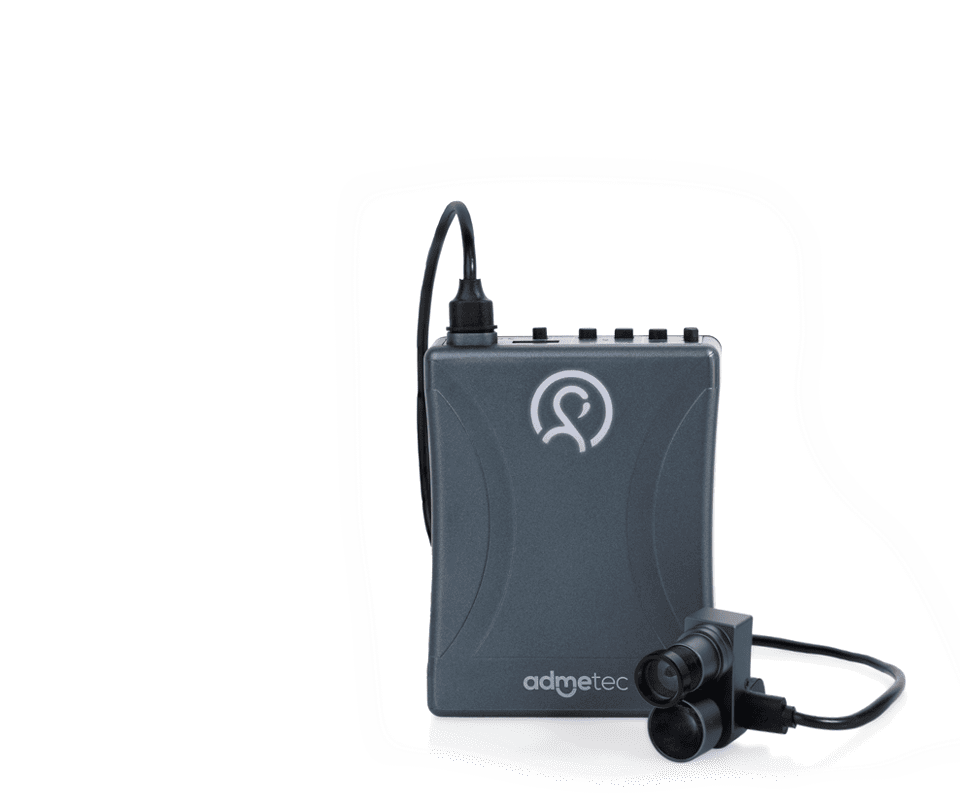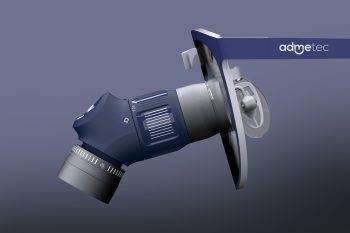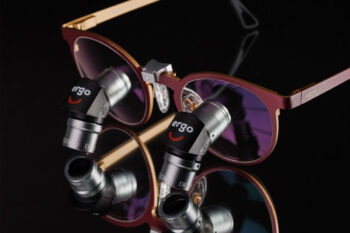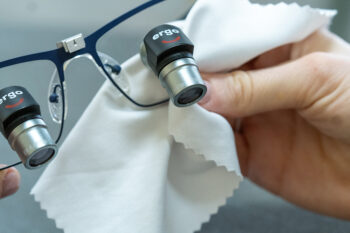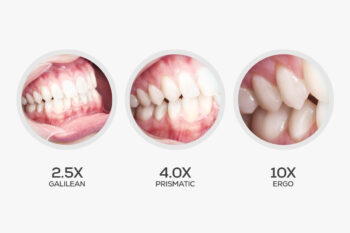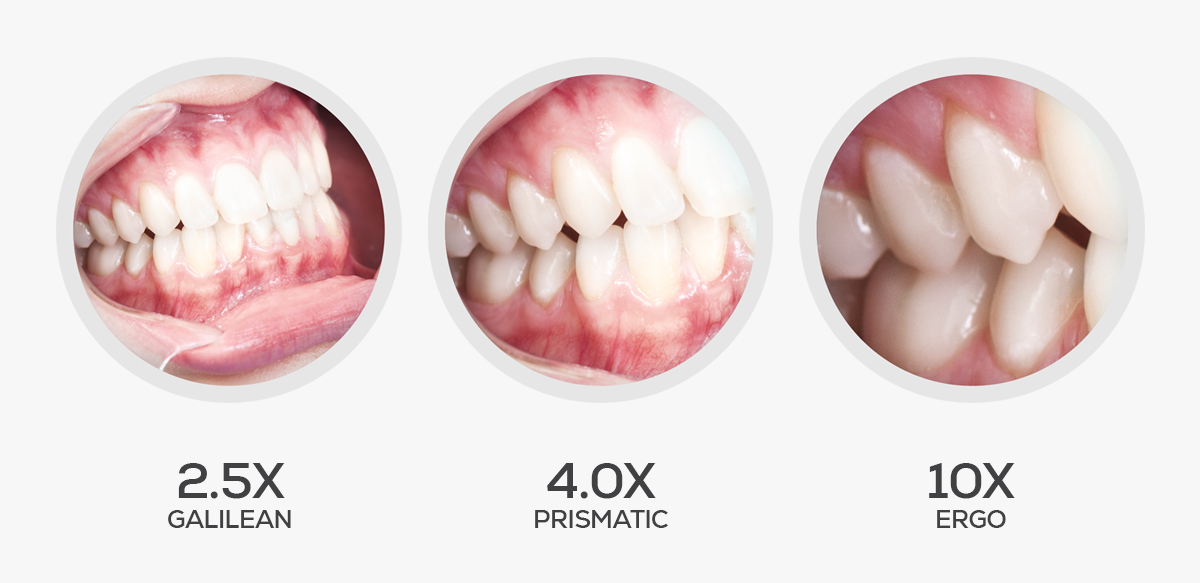
In precision-focused fields like dentistry, surgery, and veterinary care, clear vision is essential. Loupes, the magnification tools widely used by professionals, are designed not only to enhance vision but also to improve work efficiency and safety. By understanding the science behind loupe optics, you can significantly impact both the quality of care you provide and your long-term well-being.
The Fundamentals of Magnification
Magnification enlarges the view of an object to reveal details that are not visible to the naked eye. Two key factors influence magnification effectiveness: Field of View (FOV) and Depth of Field (DOF).
- Field of View (FOV): FOV describes the area visible through the loupe’s lenses. As magnification increases, the FOV decreases, allowing for greater detail but a narrower view. For instance, a loupe with 2.5x magnification offers a wider view, whereas a 5.5x magnification provides a more detailed but smaller field.

- Depth of Field (DOF): DOF is the range within which objects remain in focus. Higher magnification typically results in a shallower DOF, which requires a steadier head position to maintain clarity. Balancing magn

Types of Loupes
Loupes are categorized based on their optical systems, each offering distinct advantages tailored to different professional requirements:
- Galilean Loupes: Ideal for beginners, these loupes offer magnifications from 2.5x to 3.2x. They are lightweight and provide a broad FOV with excellent DOF, making them suitable for general procedures requiring a wider view.
- Prismatic Loupes: Also known as Keplerian Loupes, these provide higher magnifications (4.0x to 5.5x) with minimal reduction in FOV. They offer precise, edge-to-edge clarity, making them ideal for intricate tasks.
- Ergonomic Loupes: Designed with health-conscious professionals in mind, ergonomic loupes offer magnifications up to 10x. They promote a neutral working posture, reducing strain on the neck and back—which is crucial for preventing long-term musculoskeletal problems.

Types of Loupes
To maximize the benefits of your loupes, personalization is key. Consider these factors:
- Working Distance: This is the distance from the loupe to the object being viewed. It varies depending on your height and the nature of your tasks. Proper adjustment of the working distance is key for comfort and visual clarity.
- Pupillary Distance (PD): PD is the distance between your pupils and must be accurately measured to ensure the lenses align correctly with your eyes, providing a sharp and clear image.
- Optical Prescription: If you require vision correction, integrating the appropriate prescription into your loupes is crucial. This ensures that magnification does not compromise visual clarity.
Conclusion
Loupes are more than magnifying glasses; they are precision instruments that enhance both your professional performance and personal health. By understanding magnification principles, FOV, and DOF, and by ensuring your loupes are tailored to your needs, you can improve your work quality and protect your well-being. Investing in the right loupes is a commitment to your professional excellence and long-term health.








